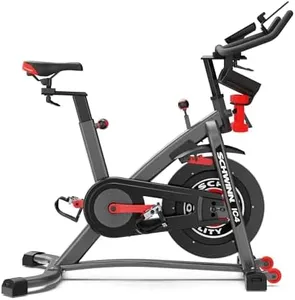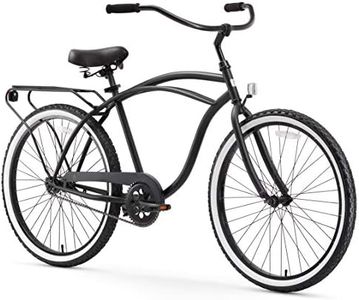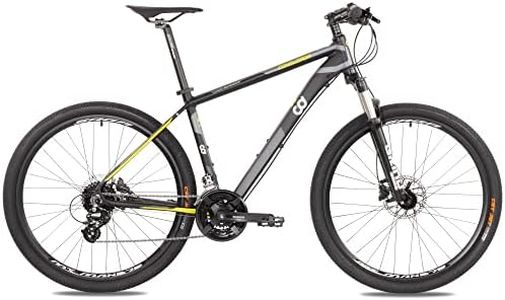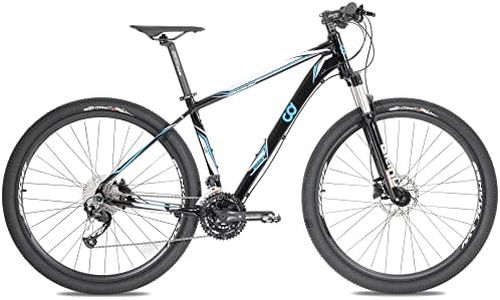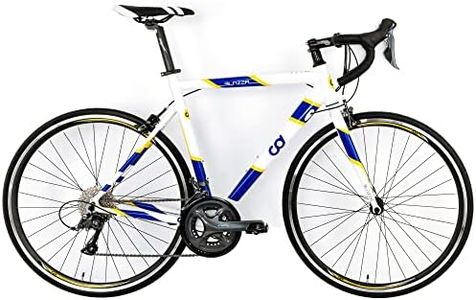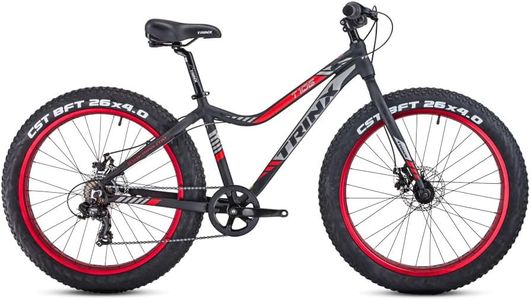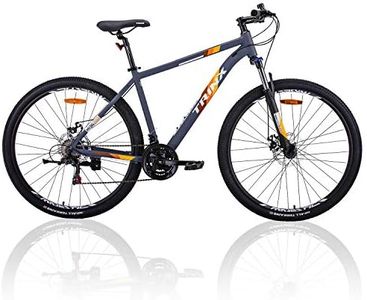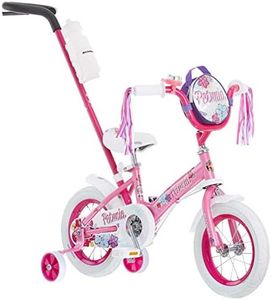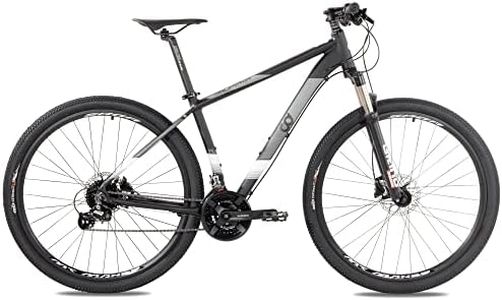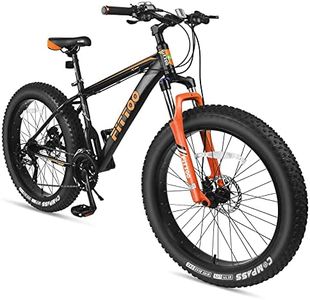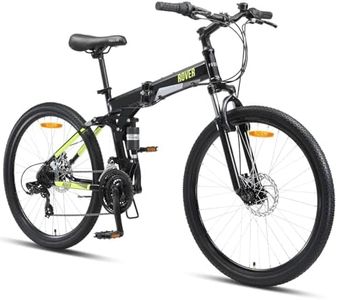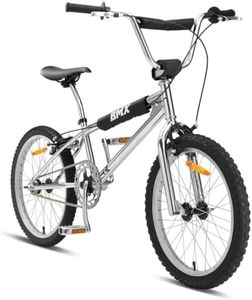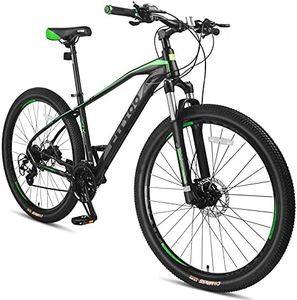We Use CookiesWe use cookies to enhance the security, performance,
functionality and for analytical and promotional activities. By continuing to browse this site you
are agreeing to our privacy policy
10 Best Affordable Bikes
From leading brands and best sellers available on the web.Buying Guide for the Best Affordable Bikes
When buying an affordable bike, it's important to look past just the price and consider what you'll mostly use it for—commuting, fitness, leisurely rides, or a bit of everything. Knowing your needs will help you find a bike that’s reliable, comfortable, and suited to the terrain you’ll be riding on. It's also worth thinking about how much maintenance you're willing to do and how much comfort or convenience you want. To find the best fit, check the most important features and think about which ones matter most to your daily rides.Bike TypeBike type refers to the overall category the bike falls into, such as road, mountain, hybrid, or cruiser. This is crucial because each type is designed for a different kind of riding. Road bikes are lightweight and fastest on pavements, mountain bikes are best for rough trails, hybrids mix both for versatile city or mild trail use, while cruisers are perfect for relaxed, flat routes. Picking the right type depends on where you'll ride most often—choose road for speed, mountain for off-road, hybrid for versatility, or cruiser for comfort on short, easy rides.
Frame MaterialFrame material affects both the weight of your bike and how it feels to ride. The most common options are steel, aluminum, and sometimes carbon fiber or a mix. Steel frames are strong, a bit heavier, but very durable and can handle rough roads. Aluminum frames are lighter, resist rust, and are popular for affordable bikes, making them a great all-round choice. Carbon fiber is lightest and smoothest, but usually only found in pricier bikes. For most riders, aluminum is a practical blend of weight, comfort, and affordability, but steel is better if toughness and comfort matter more to you.
Gears (Speeds)Gears, or speeds, determine how easily you can pedal over different terrains. Bikes can have a single gear or many (sometimes 21 or more). Fewer gears mean a simpler, easier-to-maintain bike if you ride mostly on flat areas. More gears make climbing hills much easier and allow you to adjust to various terrains, but add a bit of complexity and weight. If you're mainly cycling on city streets or gentle paths, fewer gears could be enough. If you live in a hilly area or want more flexibility, go for more gears.
BrakesBrakes are vital for safety and control and generally come in rim brakes or disc brakes. Rim brakes are lighter, simpler, and usually cheaper to maintain, good for lighter riding and dry weather. Disc brakes offer stronger, more reliable stopping—especially in wet or muddy conditions—but can add weight and complexity. If you expect tough weather or often ride off-road, disc brakes are worth it. For mostly dry, paved rides, rim brakes are usually sufficient and easy to care for.
Wheel SizeWheel size affects how your bike feels and how easily it rolls over bumps. Common sizes are 26-inch, 27.5-inch, and 29-inch for adult bikes, though hybrids often use 700c wheels. Larger wheels roll faster and smoother on rough ground, while smaller wheels can feel a bit nimbler but may give a bumpier ride. If you want a smooth, efficient ride on streets or gentle trails, look for bigger wheels (700c or 29”). For tight turns or rougher riding in smaller spaces, smaller wheels (26” or 27.5”) can be a better fit.
Fit and SizeGetting the right frame size is essential for comfort, efficiency, and injury prevention. Sizes are usually based on your height and sometimes come in small, medium, large, etc., or in inches. A bike too big or small will be uncomfortable and harder to control. Always check the manufacturer's sizing guide, and if possible, test ride a bike to see if it feels comfortable—your feet should touch the ground when seated and you should reach the handlebars easily without stretching.
SuspensionSuspension means the shock-absorbing parts of a bike—none, front only (called hardtail), or both front and back (full suspension). Suspension is important if you’re riding on rough or bumpy terrain, as it smooths out the ride and gives you more control. For city or paved paths, no suspension or just front suspension is enough and keeps the bike lighter. Full suspension is usually not needed for affordable bikes unless you’re planning real off-road adventures.
